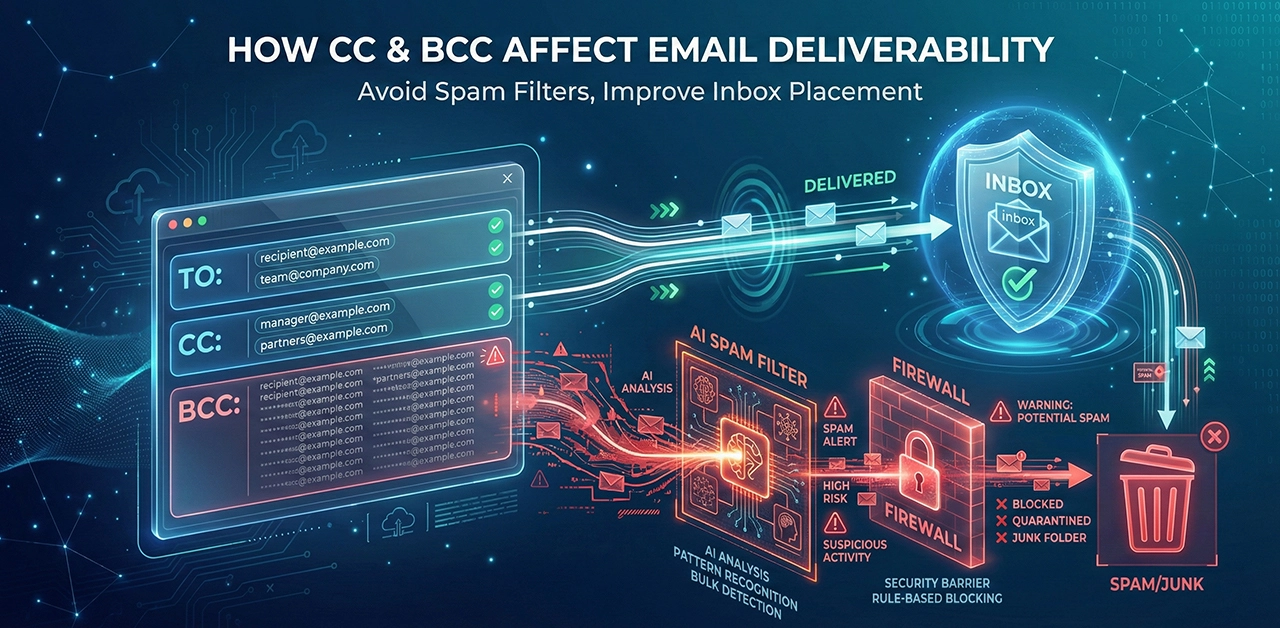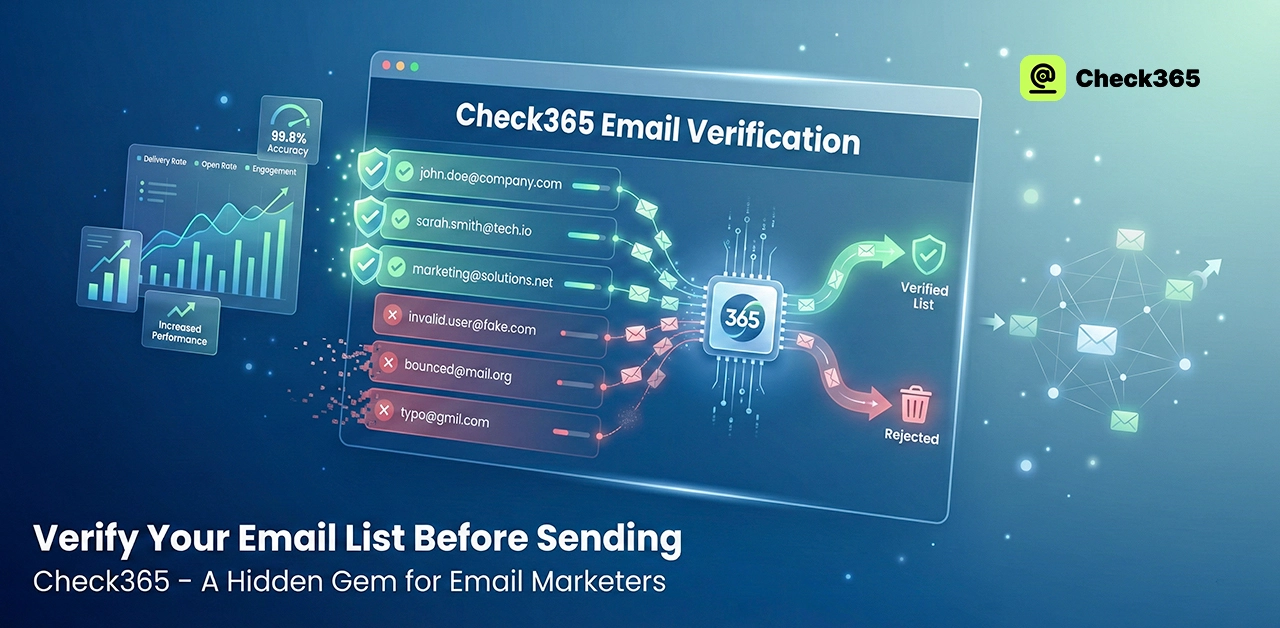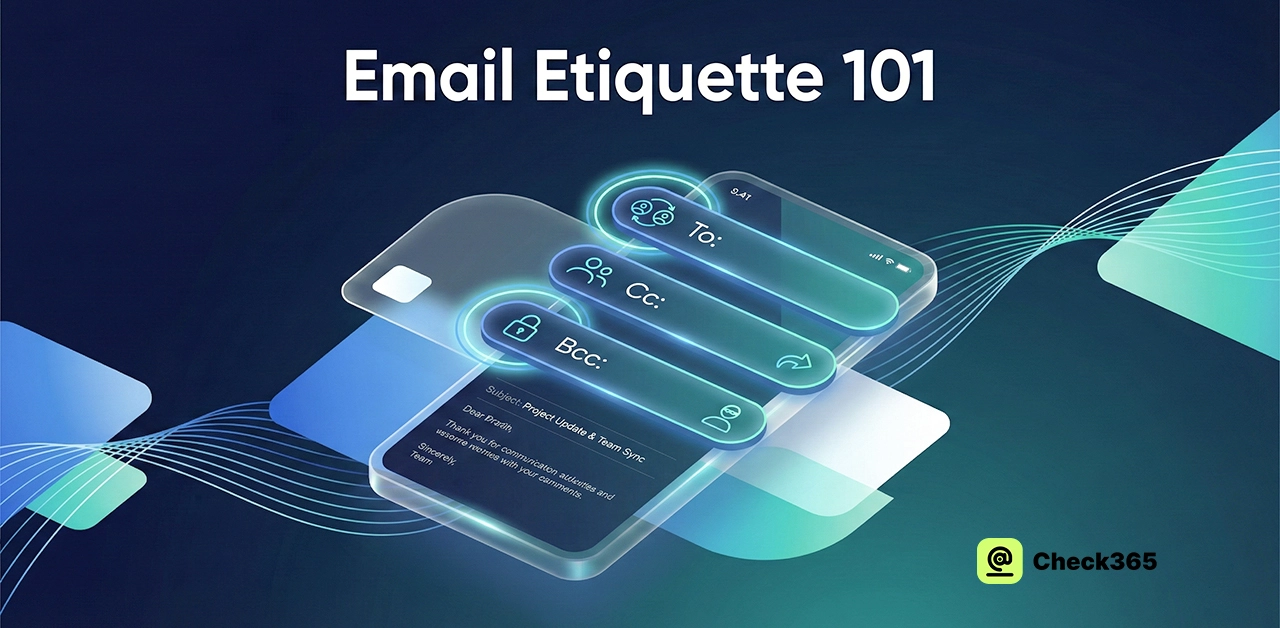Email deliverability is critical in any Microsoft 365 email marketing strategy. It directly impacts whether your emails reach your recipients' inboxes or get lost in the spam folder. Bulk email cleaning is one of the most effective ways to enhance email deliverability within Microsoft 365, protecting your sender's reputation and ensuring your messages are seen by your audience.
Understanding Email Deliverability in Microsoft 365
Email deliverability is the success rate of your emails reaching the intended recipient's inbox. Several factors influence deliverability within Microsoft 365, including:
- Sender reputation: A score assigned by Microsoft and other ISPs based on factors like complaint rates, bounce rates, and engagement metrics.
- Email content: The quality and relevance of your email content, including subject lines, body text, and calls to action.
- Engagement rates: How often recipients open, click, and interact with your emails.
- Technical configurations: Proper setup of DKIM, SPF, and DMARC records for authentication.
Poor deliverability can significantly impact your Microsoft 365 marketing efforts, leading to missed opportunities and decreased brand trust.
The Importance of Sender Reputation in Microsoft 365
In the world of Microsoft 365, your sender reputation acts like a digital passport for your emails. A strong reputation ensures your messages sail smoothly into inboxes, while a tarnished one can land them in the spam folder or, worse, get them blocked entirely.
Microsoft and other internet service providers (ISPs) closely monitor factors like spam complaints and bounce rates to assess your reputation. If your emails trigger red flags, they may take action to protect their users from potential spam or phishing attempts. This can severely impact your ability to communicate effectively, whether it's with colleagues, clients, or subscribers.
The Role of Bulk Email Cleaning for Microsoft 365
Bulk email cleaning verifies and updates your Microsoft 365 email lists, removing invalid, inactive, or unengaged addresses. This process offers several key benefits:
- Reduced Bounce Rates: Eliminate invalid email addresses, lowering bounce rates and improving your sender reputation.
- Higher Engagement Rates: Target engaged recipients, boosting open and click-through rates and further enhancing your reputation.
- Cost Efficiency: Maintain a clean list to reduce costs associated with sending emails to invalid addresses.
- Improved Deliverability: Increase the chances of your Microsoft 365 emails reaching the inbox instead of the spam folder.
Best Practices for Bulk Email Cleaning in Microsoft 365
- Implement Double Opt-In: Ensure recipients genuinely want to receive your Microsoft 365 emails by requiring them to confirm their subscription.
- Regularly Remove Inactive Subscribers: Establish a policy to remove unengaged subscribers from your Microsoft 365 list.
- Use Email Verification Tools: Leverage tools like Check365 to identify and remove invalid Microsoft 365 email addresses.
- Monitor Engagement Metrics: Analyze open and click-through rates to identify patterns and take action on low-engagement segments.
- Maintain Technical Compliance: Ensure your email authentication protocols are correctly configured for Microsoft 365.
Conclusion
Bulk email cleaning is a vital strategy for achieving Microsoft 365 email marketing success. It protects your sender's reputation and improves the effectiveness of your campaigns. By implementing best practices and using specialized tools like Check365, you can ensure your Microsoft 365 emails reach the inbox and engage your audience.
Ready to take your email marketing to the next level? Try Check365’s real-time email validation and see the difference for yourself. Sign up now and start validating your emails with precision and efficiency.




